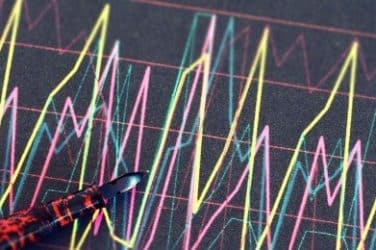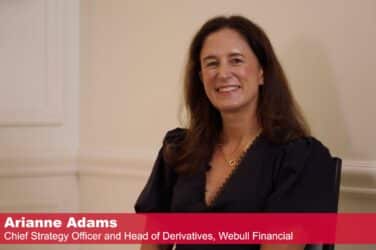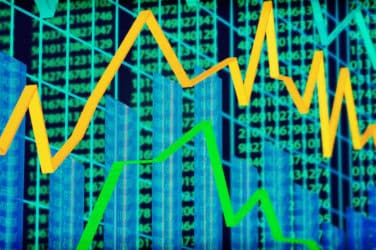
While high-frequency trading is often the scapegoat for market volatility, some market participants assert that many are misinformed, and that the source for drastic intraday swings lies elsewhere.
“There’s a lot of misunderstanding on high-frequency trading,” said Joe Gawronski, president and chief operating officer of Rosenblatt Securities during the FPL Americas Trading Conference. “There’s been a lot of academic work in the past few years. There are new studies quantifying the impact of high-frequency trading on the marketplace. From our point of view, there are macro drivers at work here. That is what’s responsible for big swings we’re seeing. Volatility isn’t even outside of the normal ranges. We’ve had periods with this kind of volatility before. Correlation is not proof of causation.”
Market observers often note the predatory nature of high-frequency trading, and how institutions often look to make their trades away from lit exchanges just to avoid doing business with them.
“High-frequency traders are market makers,” said Dmitri Galinov, head of liquidity strategy at Credit Suisse. “They don’t want to get run over. They have strategies designed to protect themselves. They withdraw their bid if there is a big seller coming in.”
“High-frequency traders are afraid of institutional traders,” added Gawronski. “The institution is the one with 10 million shares. We’re traders, this isn’t six year old soccer, and everyone doesn’t go home with a trophy. There are winners and losers.”
With increased volatility often comes increased trading activity, and vice versa.
The Chicago Board Options Exchange’s Volatility Index, or VIX, reached a high of 48 on Aug. 8, as the markets reacted to the debt ceiling situation and the Standard & Poor’s downgrade of U.S. debt. It then fluctuated through the mid-30s until spiking up to above 45 in early October. After a brief period in the mid-20s, the VIX was trading at about 37 as of mid-day Nov. 1.
About 10.4 billion shares were traded on average per day in August, before falling nearly 20 percent to 8.5 billion in September. Despite the drop off, it was still above the year-to-date averages of about 7.5 billion shares, as volatility lingered in the marketplace. HFT has grown to about 75 percent of trading volume in the U.S., according to industry estimates.




